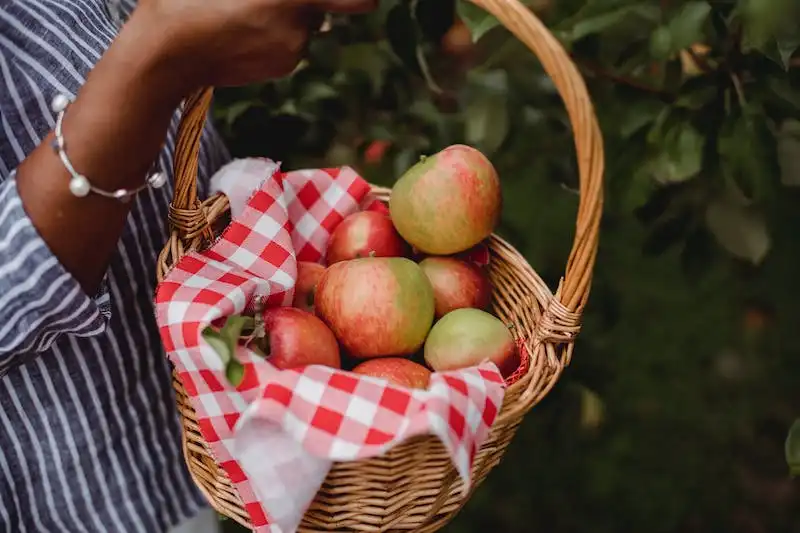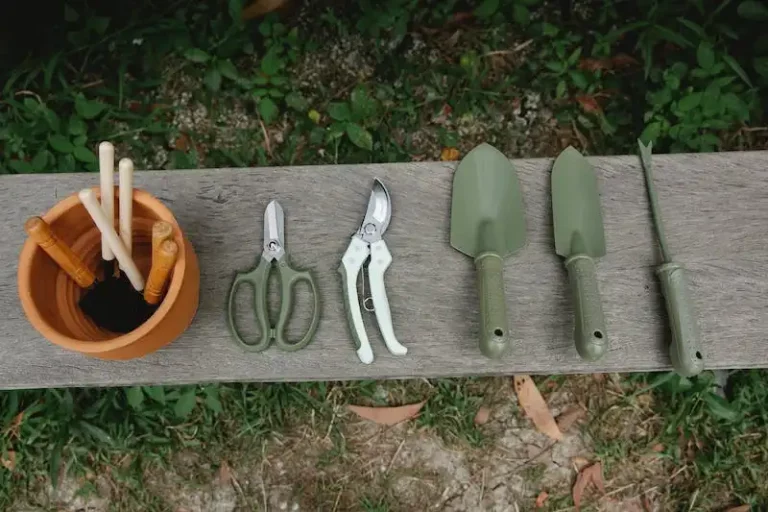Swiss chard is a versatile and nutritious leafy green that is a great addition to any garden. This member of the beet family can be grown for its delicious leaves, stalks, and edible roots. With its bright green leaves and ruby red stalks, Swiss chard is not only tasty but also adds a pop of color to your garden.
Swiss chard is easy to grow and can be planted in gardens or containers. It prefers well-drained, slightly acidic soils and needs full sunlight to reach its full potential. It is a cold-tolerant plant and can be sown directly in the garden as soon as the soil is workable in the spring.
One of the most attractive characteristics of Swiss chard is its ability to tolerate a wide range of weather conditions. It can be grown from early spring to late summer and still harvested well into September. Swiss chard can also be planted as a fall crop and enjoyed throughout the winter in milder climates.
When growing Swiss chard, it is important to prepare the soil properly. Start by incorporating compost or well-rotted manure into the soil to improve its fertility and drainage. Swiss chard can grow quite tall, so make sure to give them enough space by planting them about 12-18 inches apart.
How to Grow Swiss Chard in Your Garden
Swiss chard is a versatile and easy-to-grow vegetable that can be a great addition to any garden. It is a member of the beet family and is often referred to as a leafy green. Swiss chard comes in different varieties, including rainbow chards that have colorful stems and veins.
If you want to grow Swiss chard in your garden, there are a few things you need to keep in mind. First and foremost, Swiss chard loves full sun but can tolerate some shade. It prefers well-drained soil that is rich in organic matter, so adding compost or well-rotted manure to your soil before planting is advisable.
Swiss chard can be planted outdoors as soon as the soil can be worked in the spring. You can also start the seeds indoors about a month before the last frost date and transplant the seedlings outdoors once the danger of frost has passed. When planting, space the chard plants about 12 inches apart to ensure proper growth and airflow.
Swiss chard is quite hardy and can tolerate cooler weather, but it is not frost-tolerant. If frost is in the forecast, covering your plants with frost covers or row covers can help protect them.
One thing to keep in mind when growing Swiss chard is that it can attract beetles, such as the yellow and black striped beetles. If you notice these pests, you can remove them by hand or use organic pest control solutions. Weeds can also be an issue, so regular weeding is necessary to ensure the best growth and productivity.
Swiss chard is a leafy green, and both the leaves and stems are edible. The leaves can be harvested when they are about 6 to 8 inches tall. You can cut the outer leaves with a knife, leaving the center ones to grow. This way, you can continue to harvest throughout the growing season.
Swiss chard can be eaten raw in salads or cooked in various dishes. Its flavor is often described as being similar to spinach, but milder. It can be sautéed, steamed, or added to soups and stews. Swiss chard pairs well with garlic, lemon, and olive oil, so feel free to experiment with different recipes.
When storing Swiss chard, you can wash and dry the leaves, then wrap them in a paper towel and store them in a plastic bag in the refrigerator. They will stay fresh for about a week. If you want to store Swiss chard for a longer period, you can blanch and freeze it.
In conclusion, growing Swiss chard in your garden is a rewarding experience. It is a versatile and tasty vegetable that can be enjoyed in many different dishes. By following the given tips on preparation, planting, thinning, and fertilization, you can ensure a bountiful harvest of this nutritious leafy green.
Recommended Swiss Chard Varieties
When it comes to Swiss chard, there are several varieties to choose from, each with its own unique flavor and characteristics. Here are some of the most popular Swiss chard varieties that gardeners recommend:
- Ruby Red: This variety has beautiful red stems and dark green leaves. It is known for its rich flavor and tender texture. Ruby Red chard is a favorite among many gardeners.
- Bright Lights: This variety is highly sought after for its vibrant and colorful stems. It comes in a range of colors, including yellow, orange, pink, and red. Bright Lights chard adds a pop of color to any garden.
- Fordhook Giant: This variety is known for its large green leaves and thick white stems. Fordhook Giant chard is a favorite for its mild flavor and tender leaves. It grows well in various climates.
- Golden Sunrise: This variety is prized for its golden yellow stems and bright green leaves. It has a slightly milder flavor compared to other varieties. Golden Sunrise chard is a great addition to any garden.
- Perpetual Spinach: Despite its name, this variety is actually Swiss chard. It is known for its smaller leaves and thin red stems. Perpetual Spinach chard is a versatile variety that can be harvested repeatedly.
No matter which variety you choose, Swiss chard is a relatively easy plant to grow. It prefers full sun but can tolerate some shade. Swiss chard can be planted directly in the ground or in containers. It is best to plant the seeds about 1/2 inch deep and 4-6 inches apart. Once the seeds germinate, thinning the seedlings to about 12 inches apart will allow for proper spacing. Swiss chard takes about 60-70 days to mature, depending on the variety and growing conditions.
Swiss chard requires regular watering and can benefit from a balanced fertilizer application once a month. Mulching around the plants can help retain moisture and deter weeds. Look out for common pests, such as aphids and beetles, and treat them accordingly.
To harvest Swiss chard, simply cut the outer leaves as needed, leaving the inner leaves to continue growing. This will ensure a continuous harvest throughout the growing season. Swiss chard can be enjoyed cooked or raw and is a great source of fiber and beta-carotene.
Now that you know more about Swiss chard and its recommended varieties, you can plan ahead and start planting this nutritious and delicious vegetable in your own garden. Happy gardening!
How to Grow Swiss Chard
Swiss chard is a versatile and nutritious leafy green that is relatively easy to grow in your garden. Follow these steps to successfully cultivate your own swiss chard plants.
Planting: Start by roughly preparing the soil before planting the seeds or seedlings. Swiss chard prefers well-draining soil that is rich in organic matter. You can also add a balanced fertilizer to ensure proper nutrition for your plants.
Light and Temperature: Swiss chard thrives in full sunlight but can also tolerate partial shade. Ensure that your chard plants receive at least 6 hours of sunlight per day for optimal growth.
Watering: Water your swiss chard regularly, keeping the soil moist but not waterlogged. Frequent watering is especially important during dry spells or hot periods. Be careful not to overwater as this can cause root rot and other diseases.
Harvesting: Swiss chard can be harvested once the leaves are large enough to use. Cut the outer leaves with a sharp knife, leaving the inner leaves to continue growing. Harvesting the outer leaves will encourage new growth and allow you to enjoy the tender greens over a longer period.
Pests and Diseases: Swiss chard is relatively pest and disease tolerant, but you may still encounter some common problems. Keep an eye out for insects such as beetles and aphids, and take appropriate measures to control them if necessary. Applying mulches can help prevent weed growth and protect against certain diseases.
Thinning: Once your chard plants have reached a certain size, it’s a good idea to thin them. This will give the remaining plants more space to grow and allow for better air circulation. Simply remove the excess plants by gently pulling them out of the ground.
Storage: Swiss chard leaves can be stored in the refrigerator for up to a week. To store them, wrap the leaves in a damp paper towel and place them in a plastic bag. The stems can also be stored separately in the same way. If you have an abundance of swiss chard, consider blanching and freezing it for longer-term storage.
By following these guidelines, you’ll be able to enjoy a bountiful harvest of nutritious and delicious Swiss chard throughout the growing season. Happy gardening!




